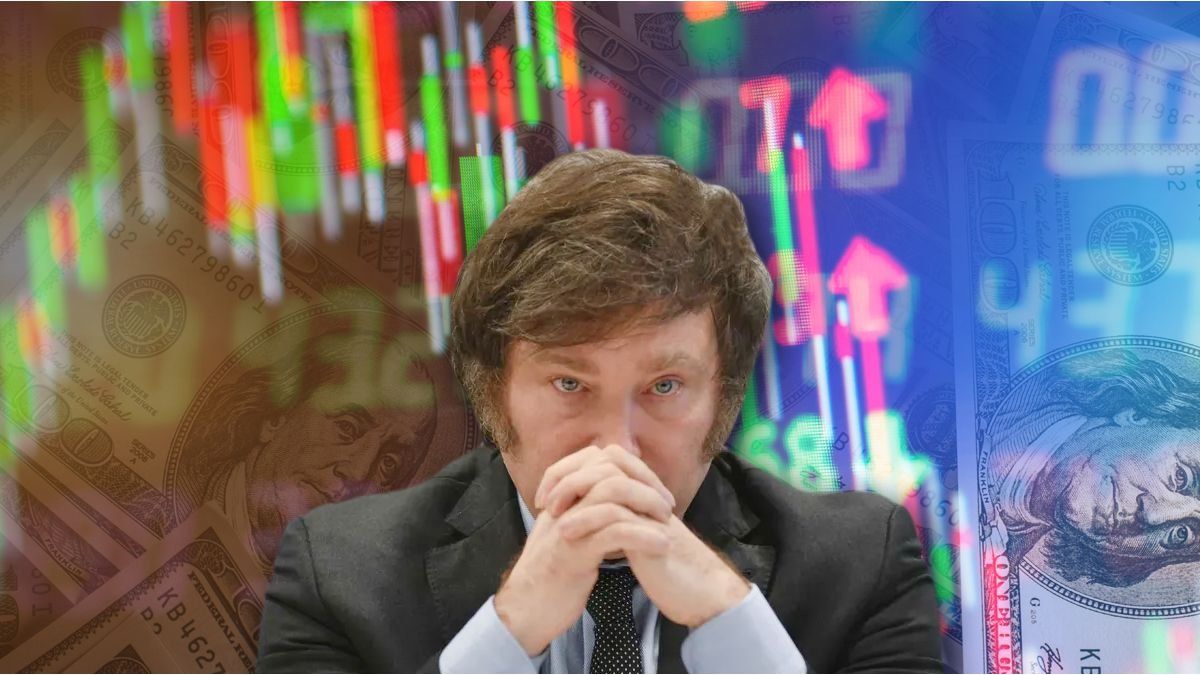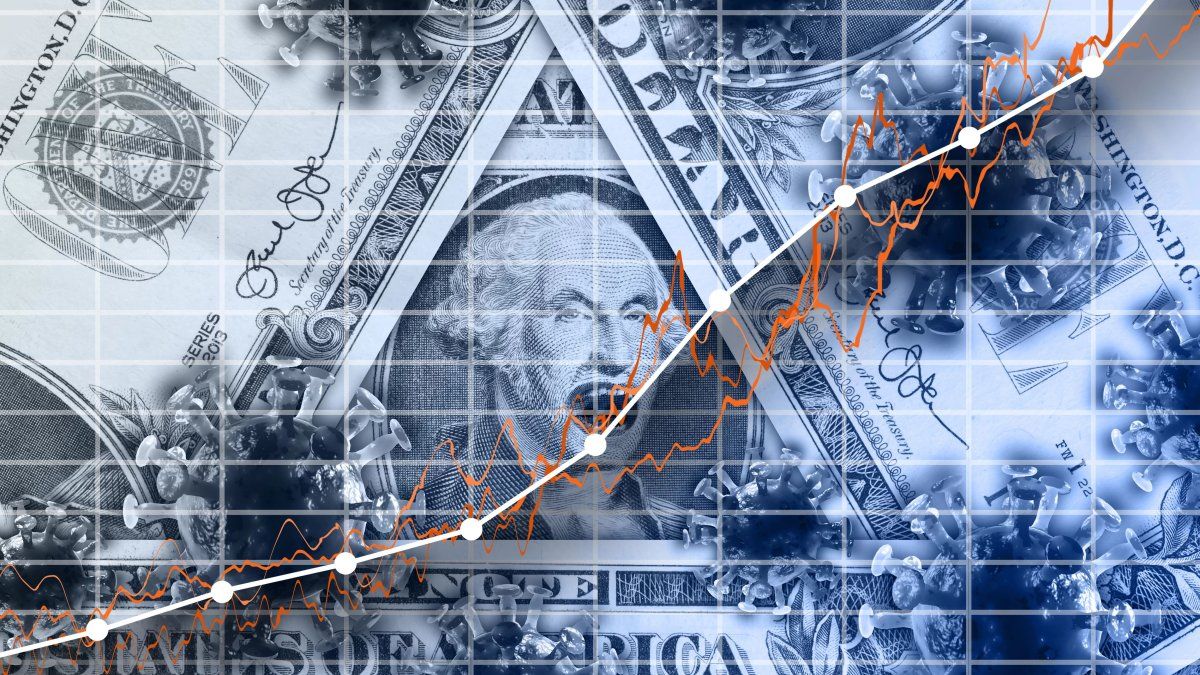The numbers are starting to get complicated for the president and his economic plan. Key: the dollar and what happens with the currency controls. Looking ahead to the next few weeks, there are two key elements that will have to be monitored.
He Central Bank A few days ago, the report was published detailing the evolution of the exchange market and the exchange balance as of June 2024, which confirmed what was stated here on several occasions: The market has long since returned from its honeymoon. For the first time in the Milei era, the current account was negative, down USD223 million, largely explained by the deterioration in the balance of goods: less collection of exports (USD4,931 million vs. USD6,452 in May) and higher import payments (USD4,136 million vs. USD3,744 million). The balance was also affected by deficits in the services account (which includes travel, tickets and other expenses with cards, freight and insurance), primary income (net payments and expenses of interest, profits, dividends and other income) and secondary income.
The content you want to access is exclusive for subscribers.
The response from the economic team since then has been the same: to close the various channels that make up the issuance of pesos, under the conviction that the financial run is nothing more than a reflection of the excess of pesos in the economy. There is no way to understand why they have not decided to sterilize the proceeds of the purchase of foreign currency from the private sector (a virtuous source of issuance if there ever was one), selling through the CCL part of the few dollars that are bought in the official market, which in the end only weakens the position of the Central Bank’s International Reserves.


The game of the goose
In this framework, and given that all the cards are turned over in external matters, One possibility is that they have decided to gamble everything on a new reduction in the exchange rate gap in order to reduce somewhat the costs of at least a partial exit from the CEPO, without which the system seems to have no way out.
The first step was to transfer all remunerated liabilities to the Treasury. The latter in turn remains committed to maintaining the primary fiscal surplus and a positive or neutral financial result. This implies that if the Central Bank raises the interest rate, the Treasury has to adjust spending or raise taxes to sustain the self-imposed restriction. This somehow imposes not only a negative relationship between interest rate and activity – the rise in the rate would force the government to further cut spending or raise taxes – but also acts as a closing factor in the scheme: the fall in output tends to increase the trade surplus and at the same time reduce wage demands, which contributes to containing inflation even further.
Looking ahead to the coming weeks, there are two key elements that will need to be monitored. On the one hand, if the government decides to move forward with the deindexation of most of the contracts, or force them to adjust to the exchange rate, in order to reduce inertia (given that the process of dollarization of portfolios has been occurring since inflation took a significant leap). The second element is related to the social sustainability of the process, since in this scenario there are no prospects for the recovery of activity levels, affecting the dynamics of employment and income. If this is all it seems to be, it is only a mechanism that can serve temporarily until the conditions are considered to be in place to significantly relax the exchange restrictions.
Risks? Several, many of them well known. On the one hand, the recurrent commitment to generating a trade surplus at the expense of affecting effective demand and employment, which ends up inducing a perverse dynamic in investment, thus altering the economic structure and future possibilities for growth.
On the other hand, those linked to the development style that the Government has in mind for what follows, in which the fate of our country will be decided for a better international insertion, both in the technological field and in the area of the quantity and type of productive links, central to the generation of employment and a more stable current account to GDP ratio.
Finally, the monetary regime itself needs to be seen as sustainable by all those who make savings and investment decisions of all kinds and sizes, and it is not yet clear whether this will be in the sense of strengthening or replacing the currency. No more, no less.
CECA economist, former vice president of the BCRA
Source: Ambito
David William is a talented author who has made a name for himself in the world of writing. He is a professional author who writes on a wide range of topics, from general interest to opinion news. David is currently working as a writer at 24 hours worlds where he brings his unique perspective and in-depth research to his articles, making them both informative and engaging.




